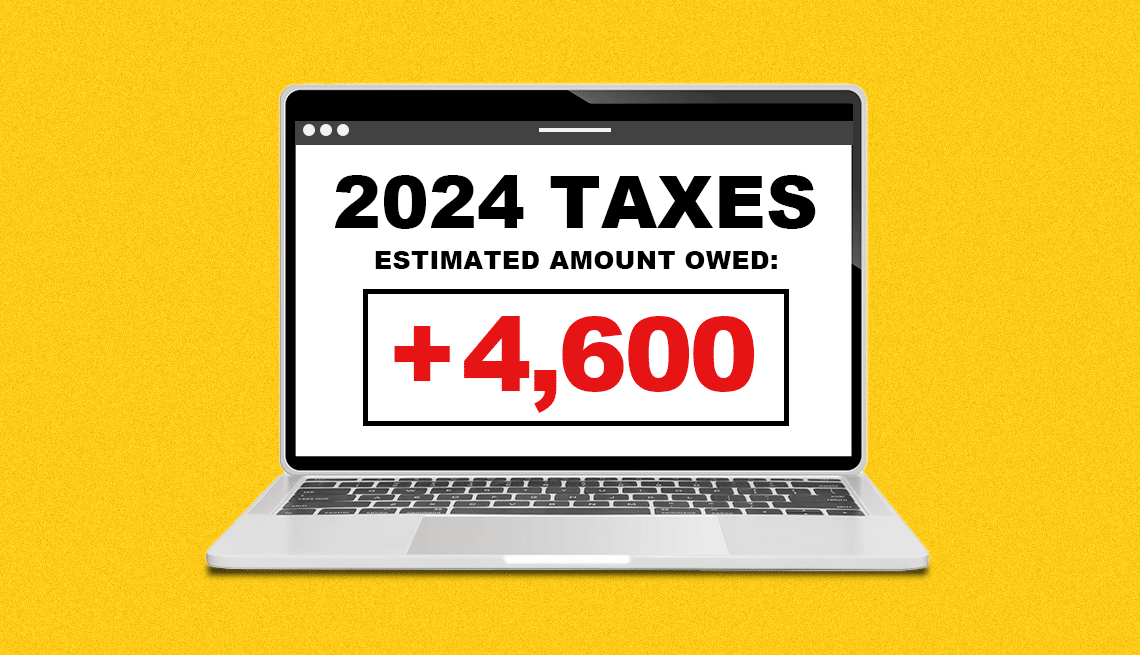AARP Hearing Center


Along with decorating the Christmas tree, lighting the Hanukkah or Kwanzaa candles and watching holiday classics like It’s a Wonderful Life, making a few last-minute moves to cut your tax bill for the year is a time-honored holiday season tradition.
With good reason: The steps you take between now and Dec. 31 can potentially slash hundreds or even thousands of dollars off what you owe Uncle Sam for 2024.
“Older taxpayers in particular have a lot to gain because they’re at a stage of life when they’re likely to have greater income and assets to protect and more pressing needs, tax-wise, in terms of retirement,” says Dan Snyder, director of personal financial planning at the American Institute of Certified Public Accountants (AICPA).
While there are no big rule changes to contend with in 2024, a handful of events — from the presidential election to the stock market’s big gains, to the year’s spate of climate disasters — have made certain moves particularly timely. Here are seven that tax experts suggest you consider tackling before ringing in the new year.
1. Bump up contributions to your workplace savings plan
Unlike IRAs, which can be funded right up until next year’s April 15 tax-filing deadline, you only have until Dec. 31 to make contributions to a 401(k) or similar employer-sponsored retirement plan to reduce your 2024 tax bill and boost savings.
“Within the confines of your discretionary income, maximizing your retirement contributions is one of the most important year-end moves you can make,” Snyder says.
For 2024, taxpayers 50 and older can contribute as much as $30,500 to workplace accounts. That includes catch-up contributions of up to $7,500 on top of the regular $23,000 limit. Every dollar you contribute to a traditional tax-deferred plan reduces your taxable income by a dollar.
2. Take your required distributions
Already retired? New rules over the past few years, courtesy of the SECURE and SECURE 2.0 acts, dictate when and how much money you need to withdraw from tax-deferred savings plans once you stop working. Congress “keeps changing the ages and the time frames, so a lot of people are confused about what they need to do,” says Julie Welch, director of taxation at Meara Welch Brown in Kansas City, Missouri.
For 2024, if you’re 73 or older you’ll need to take a required minimum distribution (RMD) based on your life expectancy by Dec. 31, or face a hefty penalty of 25 percent (reduced to 10 percent if you take the distribution within two years).
One exception: If you turned 73 this year, you have until April 1, 2025 to take your first distribution. Still, many experts advise taking the money out by the end of the year. “Otherwise you’ll have to take two distributions next year, which can push you into a higher tax bracket,” Welch warns.
3. Figure out whether you can itemize — and act accordingly
Far fewer taxpayers are able to itemize these days, since the 2017 Tax Cuts and Jobs Act eliminated or capped many deductible expenses while sharply increasing the standard deduction. For 2024, your deductible expenses would need to exceed this year’s standard deduction of $29,200 for married couples and $14,600 for singles to make itemizing worthwhile. For taxpayers 65 and older, the standard deduction rises by an additional $1,550 per spouse for married couples and $1,950 for singles.

































































More From AARP
6 Ways to Buy Nothing New for the Holidays
How to save money — and reduce waste — this holiday season
What Is a Reverse Mortgage?
This type of loan allows some older homeowners to tap their equity. Here's how it works
Our Grown Son Still Lives With Us. Should We Charge Him Rent?
More twenty-something 'boomerang kids' are moving back home with their parents. Some don't want to leave